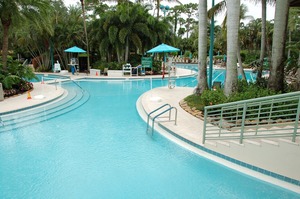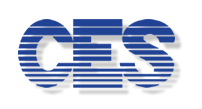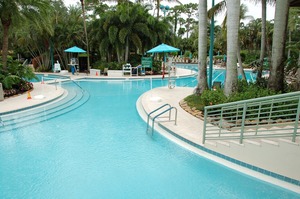
Everywhere you look prices are going up: equipment, gasoline, rent, housing… you name it. So far we’ve been relatively lucky with prices on chemicals, but recent news indicates we are about to experience some pretty hefty price increases for all types of chlorine starting next month. While this may only be a short term phenomenon, lasting through early 2023 as some suspect, it is our goal to help you protect your budgets as best as possible.
There are several proven ways to save chlorine, and now is a great time to review and implement some of these techniques.
Add PROPER Amounts of Stabilizer:The AFO and ORP courses point out that the PROPER amount of stabilizer will help cut chlorine consumption by 50%, while still allowing you to maintain proper water quality and ORPs above 750. How? First make sure you test using an accurate stabilizer test. Either Spin Touch or Palintest test kits are the best. Next add between 8-15 PPM or 20-30 PPM of stabilizer. Why the ranges? Dating back to the 80s we recommended 20-30 PPM as it would provide 95-98% protection against UV chlorine destruction by sunlight, but still allow you good oxidation and acceptable ORP readings.
When do we use 8-15 PPM? If your pool is subject to lots of fecal accidents (code browns). Why? The 2016 CDC guidelines for Accidental Fecal Releases pointed out that IF stabilizer is higher than 15 PPM, one must drain pool water and refill BEFORE shocking the pool. Please Note: when reading the guidelines, that the shocking requirements for a stabilized pool are a lot higher than an un-stabilized pool. Our 2016 article in the NRPA magazine offers a concise explanation and more details on your options.
Other Additives Can Help: High organic loading and phosphates can also slow down disinfection and elevate chlorine consumption. This is NOT as dynamic as the effect of stabilizer, but every little bit helps, right? Customers that utilize enzymes like Amino Acid Digester (AAD)report lower consumption. Why? Enzymes help break down and digest organics that can elevate consumption while also helping digest body/suntan oils – keeping tiles and filter media cleaner. Higher phosphates have also been shown to elevate consumption, so those that are using Concentrated Phosphate Remover (CPR) or newer Advanced Poly Floc (APF)are reporting reduced consumption of chlorine.
Hold Lower (Optimum) Chlorine Levels:The DOH code requires 1.0 to 1.5 PPM of chlorine in pools and spas, and there is really NO need to hold 4.0-5.0 PPM or higher, but some folks do. Why? They think it might give them an additional safety factor. But, you will experience exponential chemical consumption at higher levels. If you have a CES chemistry controller reacting second-by-second to changes in oxidation, and a properly-sized chemical feeder, then chlorine is added quickly enough, WHEN it is needed, and there is less need for a huge safety factor. We have found that 2.0-3.0 PPM of chlorine is more than enough to handle even the toughest jobs.
Make Your Own Chlorine: Many hundreds of CES customers have enjoyed making most of their own chlorine over the last 15 years. Besides saving money year after year, making your own gives you more control over your operations. You store fewer chemicals, and are less affected by market swings like the ones we are experiencing now. There are two great ways to make your own chlorine. Either using our ChlorKing Chlor option that gives your bathers a mineral pool experience, or using the skid-mounted NEXGEN option that makes chlorine for one or more facility pools using recycled pool water. Saline conversions represent a sizable investment, but they also pay their own way out of savings they generate when using our PCF program.
We’ll be forwarding more information on upcoming price increases as soon as the details become more clear. Please know that we are always here to assist you to minimize chlorine consumption and help you take control over your operations and your budget.
Contact your CES rep for more information on any one of our chlorine minimization options, and let us know how we can assist you.





